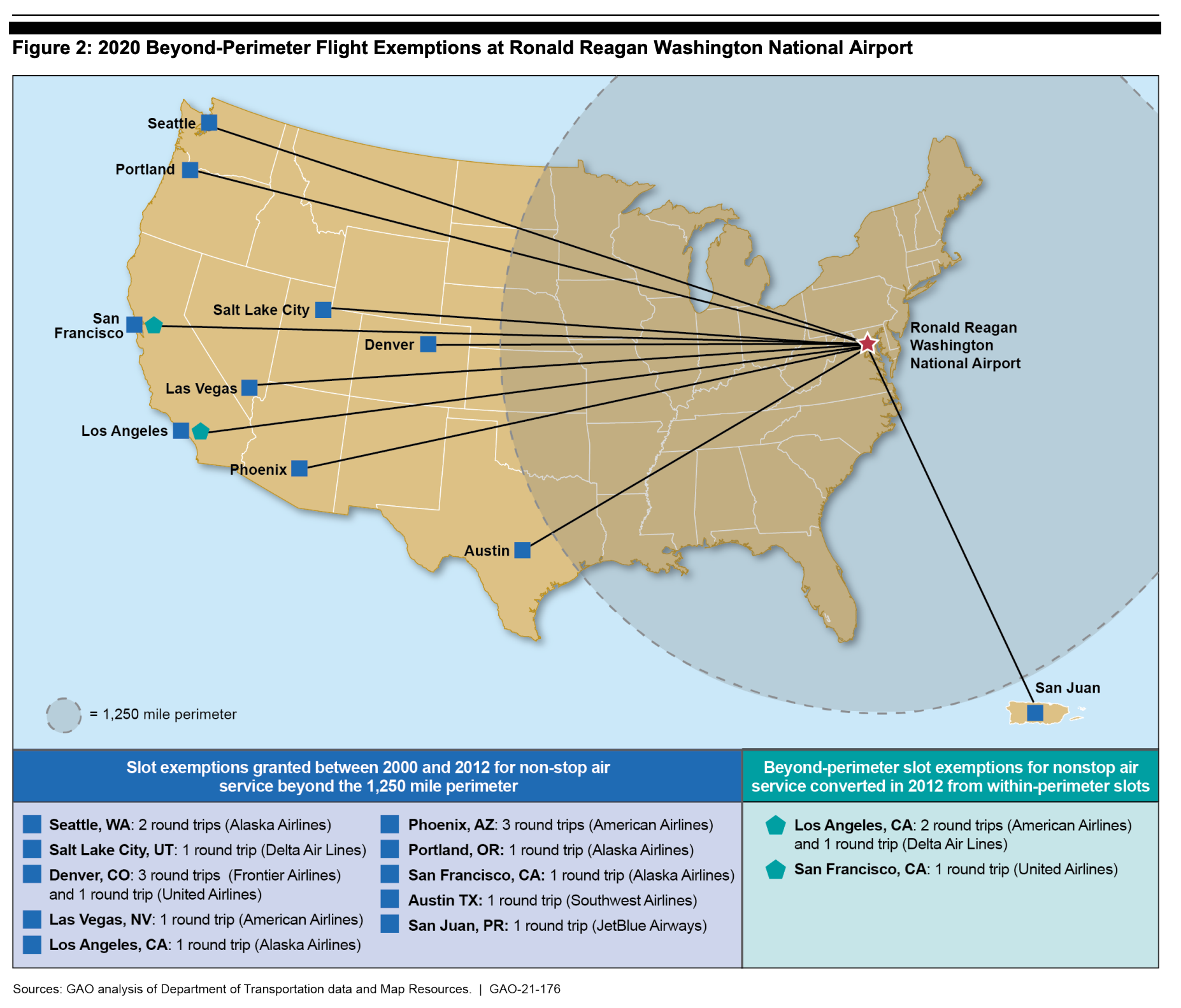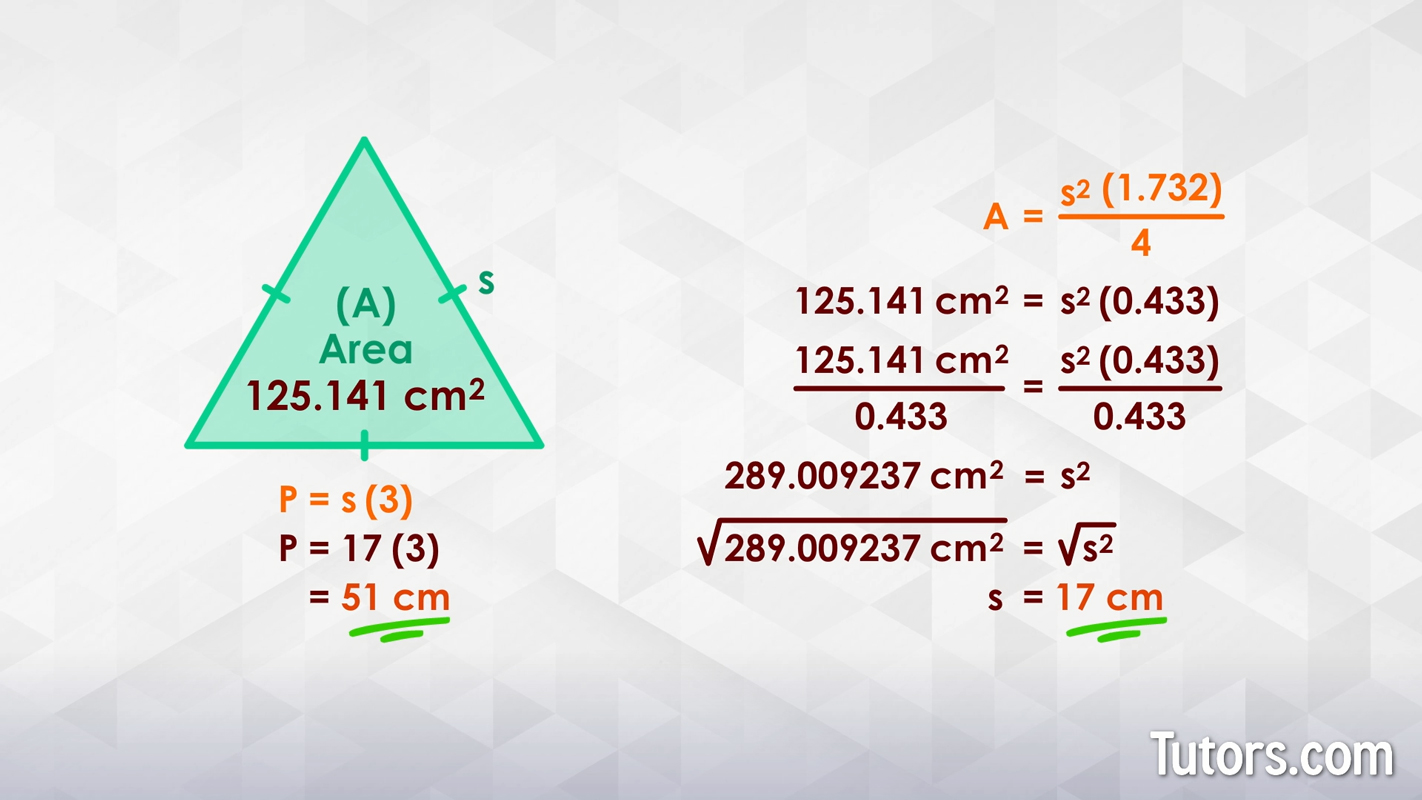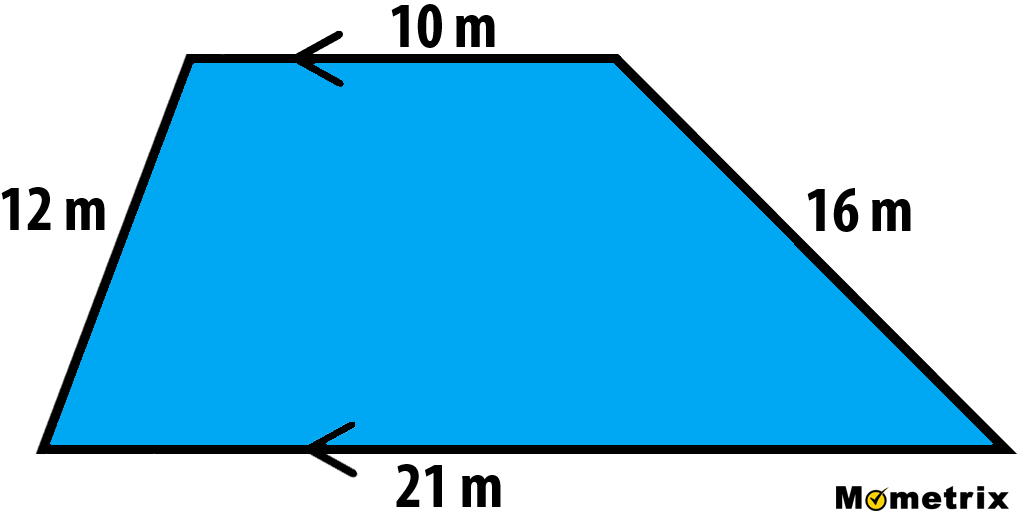Topic circle perimeter and area: Explore the fascinating world of geometry with our in-depth exploration of circle perimeter and area, unlocking the secrets of these fundamental concepts that shape our understanding of the mathematical universe.
Table of Content
- Overview of Geometry and Circle Concepts
- YOUTUBE: Math Antics - Circles, Circumference and Area
- Circle Perimeter: Formula and Calculation
- Understanding the Role of Pi (π) in Circle Calculations
- Circle Area: Formula and Application
- Historical Contributions to Circle Mathematics
- Practical Applications in Various Fields
- Advanced Concepts: Beyond Basic Circle Geometry
- Mathematical Challenges and Puzzles Involving Circles
- Interactive Learning: Tools and Resources for Circle Geometry
Overview of Geometry and Circle Concepts
Geometry, a fundamental branch of mathematics, focuses on the study of shapes, sizes, and properties of space. Among the various shapes studied in geometry, the circle is of particular importance due to its unique properties and widespread applications in everyday life and scientific disciplines.
A circle is a two-dimensional shape characterized by all points at a constant distance from a central point, known as the circle\"s center. The distance from the center of the circle to any point on its edge is called the radius. Another key concept is the diameter, which is the line passing through the center of the circle, touching two points on its perimeter. The diameter is always twice the length of the radius. Therefore, knowing the radius of a circle allows us to find the diameter by simply doubling the radius, and vice versa.
The perimeter of a circle, also known as the circumference, is the total distance around the edge of the circle. It is a measure of the outer boundary of the circle. An interesting property of circles is the consistent ratio of the circumference to the diameter across all circles, represented by the mathematical constant Pi (π). Pi is a non-terminating, non-repeating decimal, often approximated as 3.14 or represented as the fraction 22/7 for ease of calculations.
The area of a circle, representing the total space enclosed within its perimeter, is another fundamental concept in the study of circles. The formula for calculating the area of a circle is A = πr², where r is the radius of the circle. This formula allows us to compute the area of a circle, given its radius.
Understanding these basic concepts forms the foundation for more advanced studies in geometry and is essential for practical applications in various fields like engineering, architecture, and physics.
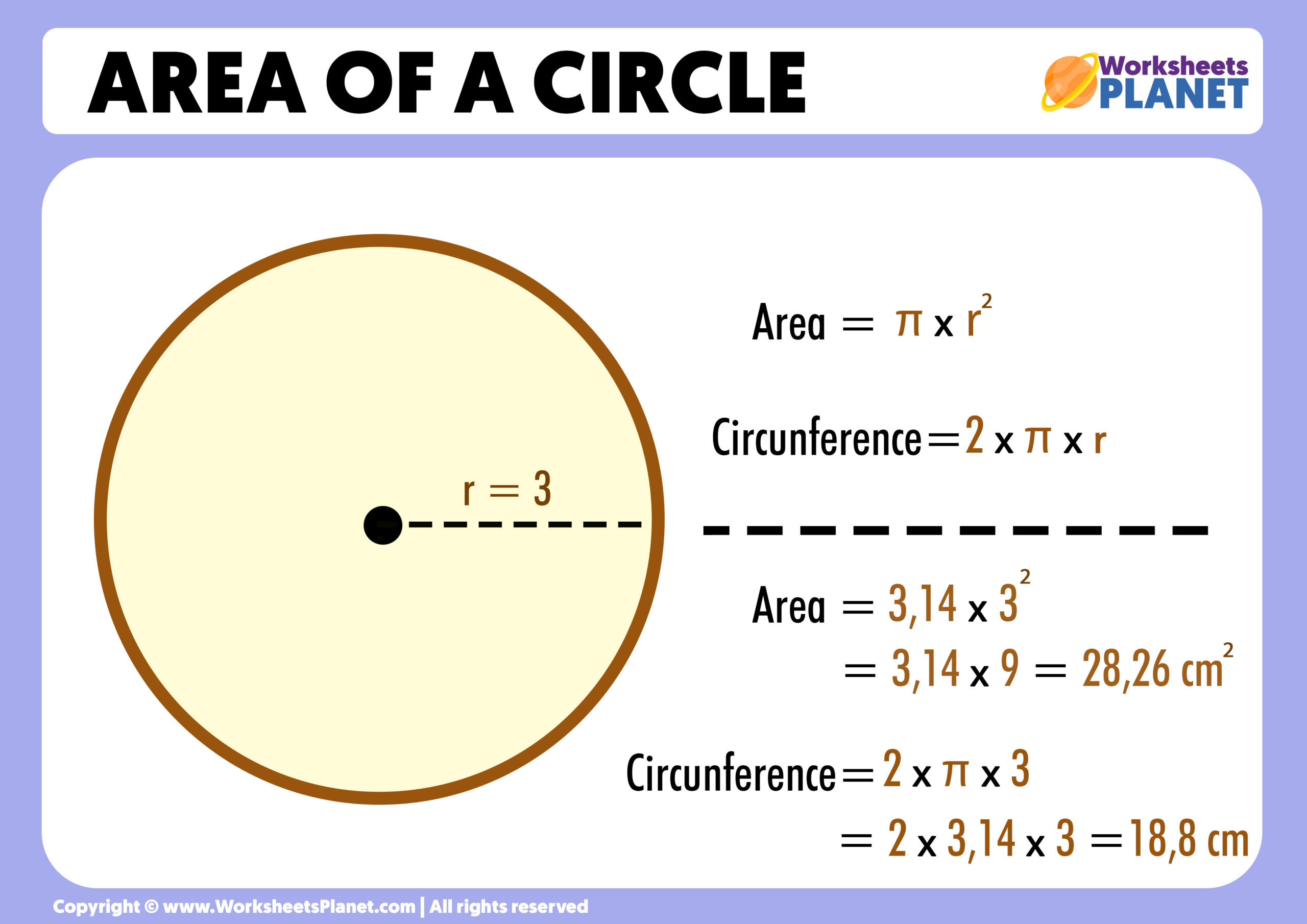
READ MORE:
Math Antics - Circles, Circumference and Area
Circles: Step into the mesmerizing world of circles and discover their secrets! Watch this captivating video that explores the beauty and mathematical wonders of circles, leaving you with a newfound appreciation for their perfect symmetry and infinite possibilities.
Area of a Circle - Perimeter, Area, and Volume - Geometry - Khan Academy
Geometry: Dive into the fascinating realm of geometry and unlock the hidden connections between shapes and patterns. This mind-blowing video will take you on a journey through Euclidean space, revealing the elegance and precision behind geometric concepts, leaving you in awe of the harmony found in nature and art.
Circle Perimeter: Formula and Calculation
Geometry, a fundamental branch of mathematics, focuses on the study of shapes, sizes, and properties of space. Among the various shapes studied in geometry, the circle is of particular importance due to its unique properties and widespread applications in everyday life and scientific disciplines.
A circle is a two-dimensional shape characterized by all points at a constant distance from a central point, known as the circle\"s center. The distance from the center of the circle to any point on its edge is called the radius. Another key concept is the diameter, which is the line passing through the center of the circle, touching two points on its perimeter. The diameter is always twice the length of the radius. Therefore, knowing the radius of a circle allows us to find the diameter by simply doubling the radius, and vice versa.
The perimeter of a circle, also known as the circumference, is the total distance around the edge of the circle. It is a measure of the outer boundary of the circle. An interesting property of circles is the consistent ratio of the circumference to the diameter across all circles, represented by the mathematical constant Pi (π). Pi is a non-terminating, non-repeating decimal, often approximated as 3.14 or represented as the fraction 22/7 for ease of calculations.
The area of a circle, representing the total space enclosed within its perimeter, is another fundamental concept in the study of circles. The formula for calculating the area of a circle is A = πr², where r is the radius of the circle. This formula allows us to compute the area of a circle, given its radius.
Understanding these basic concepts forms the foundation for more advanced studies in geometry and is essential for practical applications in various fields like engineering, architecture, and physics.
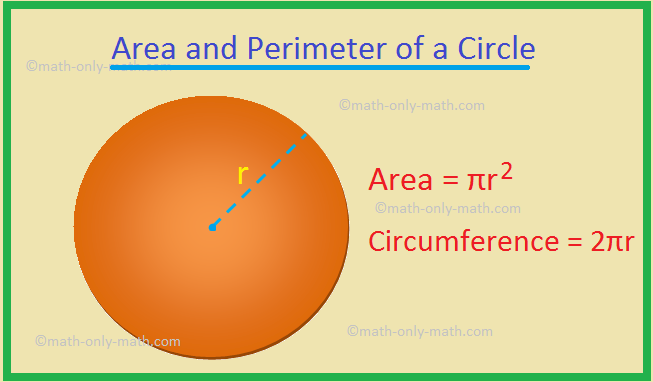
How to Calculate the Circumference of a Circle
Calculate: Take your mathematical skills to the next level with this extraordinary video on calculation strategies. Discover clever tricks and techniques that will make even the most challenging calculations a breeze. Get ready to become a calculation wizard and impress everyone with your newfound math prowess.
Understanding the Role of Pi (π) in Circle Calculations
Geometry, a fundamental branch of mathematics, focuses on the study of shapes, sizes, and properties of space. Among the various shapes studied in geometry, the circle is of particular importance due to its unique properties and widespread applications in everyday life and scientific disciplines.
A circle is a two-dimensional shape characterized by all points at a constant distance from a central point, known as the circle\"s center. The distance from the center of the circle to any point on its edge is called the radius. Another key concept is the diameter, which is the line passing through the center of the circle, touching two points on its perimeter. The diameter is always twice the length of the radius. Therefore, knowing the radius of a circle allows us to find the diameter by simply doubling the radius, and vice versa.
The perimeter of a circle, also known as the circumference, is the total distance around the edge of the circle. It is a measure of the outer boundary of the circle. An interesting property of circles is the consistent ratio of the circumference to the diameter across all circles, represented by the mathematical constant Pi (π). Pi is a non-terminating, non-repeating decimal, often approximated as 3.14 or represented as the fraction 22/7 for ease of calculations.
The area of a circle, representing the total space enclosed within its perimeter, is another fundamental concept in the study of circles. The formula for calculating the area of a circle is A = πr², where r is the radius of the circle. This formula allows us to compute the area of a circle, given its radius.
Understanding these basic concepts forms the foundation for more advanced studies in geometry and is essential for practical applications in various fields like engineering, architecture, and physics.

Circle Area: Formula and Application
The area of a circle is a fundamental concept in geometry, representing the size of the circle. The formula to calculate the area is A = πr², where \"A\" is the area, \"r\" is the radius of the circle, and π (Pi) is approximately 3.14 or 22/7. This formula is derived from the relationship between the radius of the circle and the space it encloses.
- Understanding the Formula: The area is calculated as the square of the radius (r²) multiplied by Pi (π). Pi is a constant representing the ratio of the circumference of a circle to its diameter, and it plays a crucial role in circle geometry.
- Calculating with Diameter: If the diameter is known instead of the radius, the area can also be found using the formula A = (π/4) × D², where D is the diameter of the circle.
Practical Examples:
- Example 1: For a circle with a radius of 3 meters, the area would be calculated as A = π × 3² = π × 9 ≈ 28.27 square meters.
- Example 2: If a circle has a diameter of 20 inches, its area can be found using A = π(20²)/4 = π(400)/4 = π(100) ≈ 314.16 square inches.
Understanding the area of a circle is not only crucial in academic settings but also has practical applications in various fields. For instance, calculating the area is essential in architecture for designing circular structures, in engineering for material estimation, and even in everyday scenarios like determining the size of a pizza or the fabric required for a circular tablecloth.
Additional Applications:
- Construction: Calculating the concrete required to fill circular holes.
- Landscaping: Determining the amount of grass or fertilizer needed for circular gardens.
By mastering the area formula of a circle, students and professionals alike can apply this knowledge to solve real-world problems, making it a vital component of geometric studies and applications.
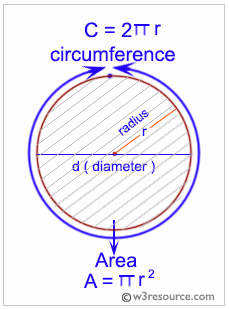
Historical Contributions to Circle Mathematics
The study of circles and their mathematical properties has a rich history, stretching back to ancient civilizations. This exploration has been pivotal in the development of geometry, astronomy, and even calculus.
Ancient Beginnings
The earliest known studies of circle mathematics can be traced back to civilizations like the Indus Valley and Babylonia around 3000 BC. These early forms of geometry were used in practical fields such as surveying, construction, and astronomy. The Egyptians and Babylonians demonstrated knowledge of circle properties, including early versions of the Pythagorean theorem.
Greek Contributions
- Thales of Miletus, around 650 BC, is credited with the first theorems relating to circles.
- Anaxagoras, in 450 BC, was among the first to tackle the challenge of squaring the circle - a problem that led to significant advances in geometry.
- Apollonius of Perga made groundbreaking contributions, especially in the study of coaxial circles and their properties.
- Hypatia of Alexandria, a notable Hellenistic philosopher and mathematician, also made significant contributions to the mathematics of circles.
Medieval and Renaissance Developments
During the Middle Ages, mathematical knowledge from Greek and Arabic texts was translated into Latin, spurring further developments in Europe. Notable figures like Franco of Liège and Nicolaus Cusanus attempted to square the circle, a problem that would remain unsolved until the 19th century.
Modern Mathematical Advances
In modern times, the study of circles has evolved with the development of calculus and abstract algebra. Mathematicians like Carl Friedrich Gauss and James Clerk Maxwell furthered the understanding of circles in higher mathematics and physics.
This historical journey from ancient geometry to modern mathematics showcases the circle\"s central role in the development of mathematical thought and its ongoing relevance in various scientific disciplines.
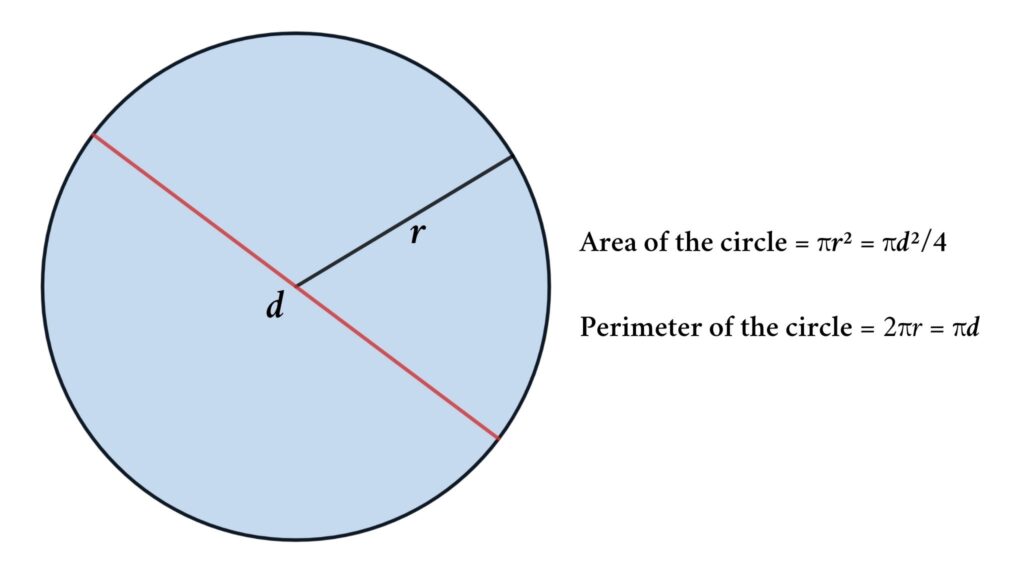
_HOOK_
Practical Applications in Various Fields
The study of circle perimeter and area finds its applications across various fields, enriching both everyday life and advanced scientific endeavors. Here are some of the key areas where these concepts play a crucial role:
- Scientific Research: Scientists utilize circle geometry in several ways, including designing particle separators, calculating trajectories, estimating sizes of distant planets, and measuring craters.
- Seismology: Seismologists use circles to determine and locate earthquake centers, an essential part of understanding and mitigating natural disasters.
- Construction and Architecture: In the construction sector, circle geometry aids in designing buildings, athletic tracks, recreational parks, and roundabouts. This is also evident in the careful planning of homes and buildings, where area and perimeter are considered for room dimensions and overall structural design.
- Engineering: Engineers frequently exploit the symmetrical properties of circles in creating various machines and structures, such as watches, bicycles, cars, trains, and even rockets.
- Art and Design: Artists and designers find circles indispensable for creating visually appealing and structurally sound works. This extends to fashion design, where area and perimeter are crucial in pattern making and garment construction.
- Astronomy: In astronomy, calculating the orbits and motions of planets involves the use of area and perimeter, forming the basis for several astronomical laws and theorems.
- Computer Graphics and Gaming: The gaming and animation industries heavily rely on circle geometry to create precise and engaging visual content.
- Education: The concepts of circle area and perimeter are fundamental in teaching mathematics, fostering analytical and logical thinking among students.
These applications illustrate the profound impact of circle geometry in shaping various aspects of our world, from the precision in scientific research to the creativity in art and design.

Advanced Concepts: Beyond Basic Circle Geometry
Advancing from basic circle geometry, we delve into more complex aspects that illustrate the depth and application of circle-related concepts in various fields. These advanced concepts not only enhance understanding of circles but also provide a foundation for more complex geometrical studies.
- Circle Equations: An essential component of advanced circle geometry is understanding circle equations. A circle in a coordinate plane, with its center at (a,b) and radius r, can be described with the equation ((x-a)^{2} + (y-b)^{2} = r^{2}). This equation represents a fundamental way to express a circle\"s properties algebraically.
- Chord Theorems: Chord theorems explore relationships within a circle, such as the fact that the product of the segments of two intersecting chords inside a circle is constant. These theorems provide crucial insights into the properties of chords and their interaction with other circle parts.
- Inscribed Shapes and Angles: The study of inscribed shapes, particularly angles and quadrilaterals within a circle, reveals interesting properties. For instance, the angle inscribed across a circle\"s diameter is always a right angle (Thales\" Theorem). This concept has various practical implications in geometry and beyond.
- Properties of Tangents: Exploring the properties of tangents to circles, such as the fact that the radius is perpendicular to a tangent at the point of contact, reveals deeper aspects of circle geometry. These properties are pivotal in many geometric constructions and proofs.
- Annulus Study: The annulus, a region between two concentric circles, presents interesting study areas. Its properties like area, calculated as ( pi(R^2 - r^2) ), and its circumference, are significant in various mathematical and practical contexts.
- Circle\"s Relation to Other Shapes: Circles are related to various other shapes and concepts, such as cyclic quadrilaterals (where all vertices lie on a circle\"s circumference) and sectors. These relationships extend the application of circle geometry to more complex geometrical forms.
These advanced concepts in circle geometry not only provide deeper insights into the properties of circles but also bridge the gap between basic geometry and more complex mathematical theories.

Mathematical Challenges and Puzzles Involving Circles
Exploring circles through puzzles and challenges can be both fun and educational. Here are some engaging puzzles involving circles that test logic, spatial reasoning, and mathematical skills:
- Parted Circle Puzzle: This puzzle involves nine circles each divided into 16 smaller sectors with different patterns of holes. The challenge is to determine which two circles, when stacked on top of each other, form an opaque circle. The circles can be rotated or overturned to find the solution.
- Shape Puzzles: These puzzles involve various shapes, including circles, and challenge participants to trace outlines, cut shapes into specific pieces, or create certain forms using given elements. For example, a puzzle may require cutting a Swiss Cross into congruent pieces using only two straight lines.
- Number Pyramids: In these puzzles, numbers are arranged in pyramid shapes with certain numbers missing. Participants must fill in the missing numbers by following a specific rule, such as subtracting the smaller number from the larger one beneath it.
- Masyu Circle Puzzles: These are visual logic puzzles where players must connect circles by a nonstop loop that crosses circles horizontally or vertically. The rules vary for white and dark circles, requiring strategic planning to complete the loop without intersections.
- School Lockers Puzzle: This logical puzzle involves a scenario with 1,000 students and 1,000 lockers. Each student alters the state of lockers at certain intervals, and the challenge is to determine how many lockers are open at the end.
- Flexagon: This geometric puzzle is created by folding paper into a flexagon, which can be transformed into different shapes through pinching and folding. It\"s a tactile challenge that engages participants in the physical properties of geometry.
These puzzles are not only entertaining but also serve as excellent tools for enhancing mathematical and logical thinking skills. They can be adapted for various age groups and skill levels, making them suitable for both educational and recreational purposes.
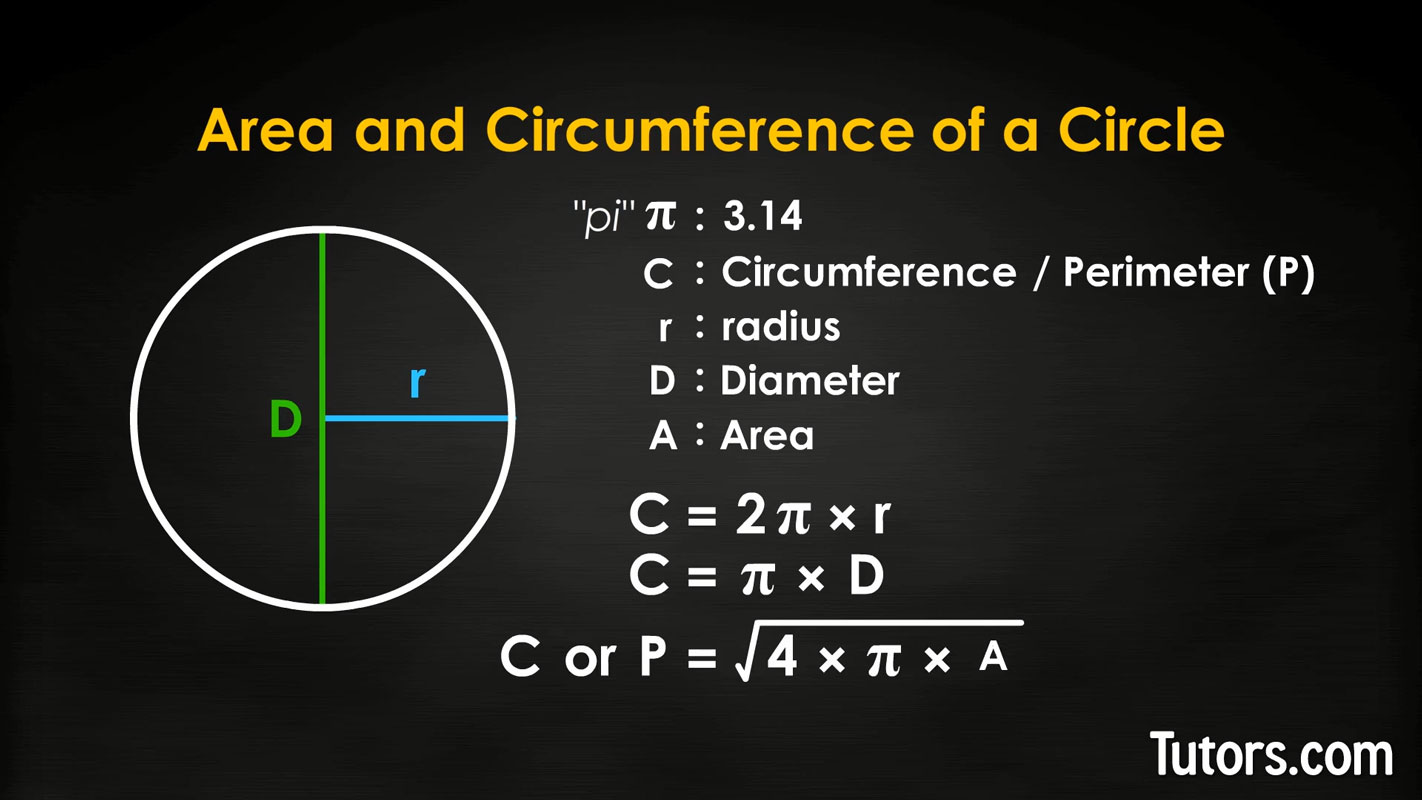
Interactive Learning: Tools and Resources for Circle Geometry
Interactive learning tools and resources have revolutionized the way circle geometry is taught and understood. These tools provide engaging and dynamic ways to explore and understand the concepts of circle perimeter and area. Here are some notable resources:
- Mathigon\"s Polypad: An innovative platform offering virtual manipulatives and dynamic geometry. It includes updated fraction circles and a resizable circle tile, enhancing the learning experience for circle geometry. Polypad also features interactive options like subdividing number bars and customizing algebra tiles.
- GeoGebra Geometry: This interactive online tool enables the creation and exploration of various geometric shapes, including circles. GeoGebra provides a comprehensive environment for learning circle theorems, constructing tangents, and much more, with practical examples and interactive exercises.
- MathsBot\"s Interactive Circles: A tool specifically designed for interactive learning of circle properties, offering options to reveal or hide values such as radius, diameter, circumference, or area, enhancing the understanding of circle geometry.
- NRICH\"s Interactive Environments: Offers environments like circular geoboards, aiding in learning through problem-solving and exploration of circle theorems. This resource is adaptable for various educational levels, providing a stimulating way to engage with circle geometry.
- Khan Academy\"s Circle Geometry: Features a comprehensive collection of learning materials for circle geometry. It includes interactive lessons on properties of tangents, area of inscribed triangles, and more, supported by practice quizzes to test understanding.
- Desmos Interactive Circle: A graphing calculator that allows for exploration of circle equations and properties through a visually appealing and user-friendly interface.
- STEM\"s Circle Geometry Resources: Provides interactive sheets on topics like angles in the same segment and the relationship between angle at the centre and circumference, enhancing comprehension through interactive learning.
These interactive tools offer a hands-on approach to learning circle geometry, making complex concepts more accessible and engaging for learners of all ages.
Discover the fascinating world of circle geometry, where the simplicity of perimeter and area calculations opens the door to a universe of mathematical wonders and practical applications, enriching our understanding of the world around us.

